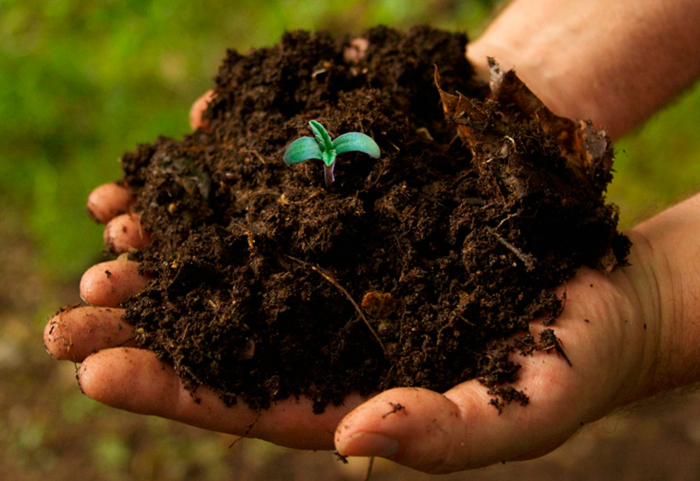MJ Proves Effective in Combating “Forever Chemicals”
Researchers have discovered that the phytoremediation abilities of cannabis are not limited to absorbing heavy metals and radioactive waste from soil. The plant can also absorb PFAS—so-called “forever chemicals” that, when accumulated in the human body, can cause tumor development, reduced fertility, and hormone disruption.
Background: Contaminated Land in Maine
In 2009, the U.S. government transferred more than 240 hectares of land in northeastern Maine to the Mi’kmaq tribe. This land once housed the Loring Air Force Base and included reservoirs holding nearly 60 million liters of rocket fuel and a coal processing station.
The tribe’s initial joy was short-lived: toxic chemicals were found in the soil and water. Their concentrations were so high that the land was added to the Superfund list, which requires environmental restoration of severely contaminated sites.
“Some of the land given to us by the Air Force was very questionable,” recalls Richard Silliboy, the tribe’s vice chief. “They said they cleaned up a lot, but no one really knows what their cleanup methods were.”
Fortunately, a group of researchers has proposed an effective soil-cleaning method directly related to growing cannabis, offering hope for the land’s future.
Phytoremediation in Action
“The idea was to see if industrial hemp could clean PFAS from the soil at Loring and to find out what it does with these chemicals,” explained Chelly Stanley of Upland Grassroots, the organization leading the research.
PFAS, as Stanley mentioned, are a group of 4,700 organic compounds with carbon chains where hydrogen is replaced by fluorine. The carbon-fluorine bond is extremely strong, making PFAS nearly indestructible—hence the nickname “forever chemicals.”
Today, PFAS play a huge role in the economy. They are used in non-stick coatings, cookware, food packaging, textiles, shampoos, fire extinguishers, pesticides, and building materials, among many other products.
Unfortunately, PFAS enter the atmosphere through industrial emissions, flow into oceans with wastewater, and seep into soil via firefighting foam and pesticides. From there, they are absorbed by plants, animals, and humans.
Initially, PFAS were thought to be inert, but later studies showed that their accumulation in the body leads to tumor development (including malignant tumors), reduced fertility, hormone disruption, and other negative effects. Worst of all, they cannot be removed from the body.
Research Results
When the cannabis plants matured, they and soil samples were collected and sent to researcher Sarah Nason at the Connecticut Agricultural Experiment Station. The analysis showed that the cannabis had accumulated perfluorooctanesulfonic acid and some other PFAS compounds, while their concentration in the soil had decreased.
This process is known as phytoremediation. Cannabis’s phytoremediation properties have been known for some time. The plant was previously used to help clean up after the Chernobyl nuclear disaster and is now used to remediate gold mines in South Africa.
However, in those cases, cannabis was used to absorb heavy metals and radioactive waste. The experiments in Maine showed that cannabis is also effective at absorbing PFAS.
Future Plans
The researchers plan to continue their work by planting many more cannabis plots in the summer of 2022. At the same time, as Stanley notes, they need to determine whether cannabis can break down PFAS or simply accumulates them.
David Madore, deputy commissioner of the Maine Department of Environmental Protection, said the researchers’ work is very promising.
“We are actively seeking new ways to manage, treat, and dispose of PFAS in soils, as there is currently no clear and cost-effective solution,” he said. “But with the research being conducted at Loring, cannabis may prove to be that solution.”



